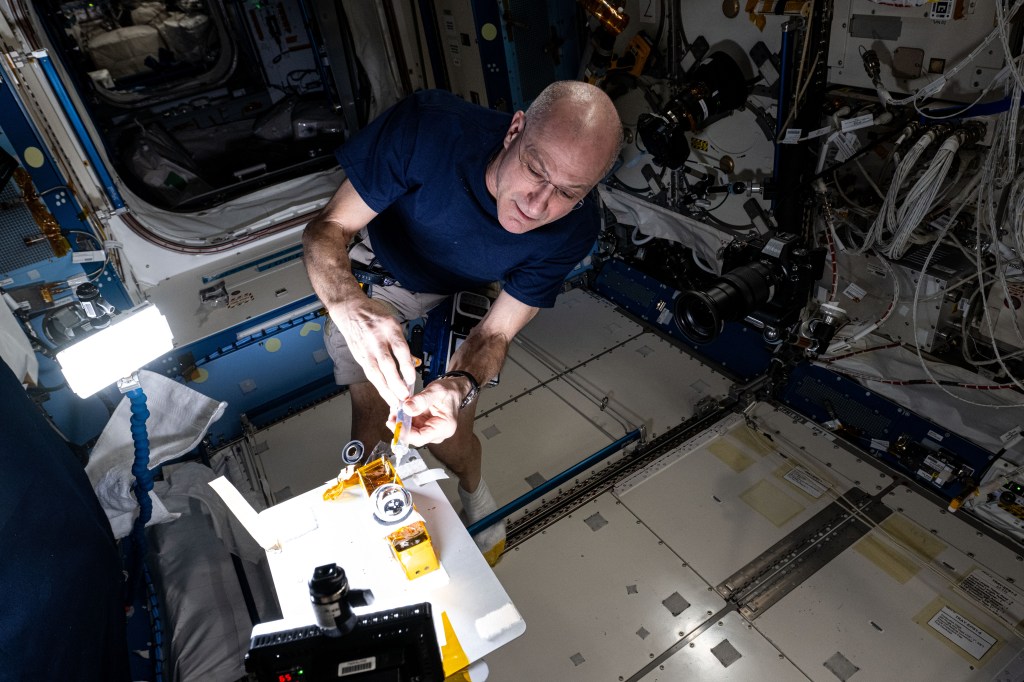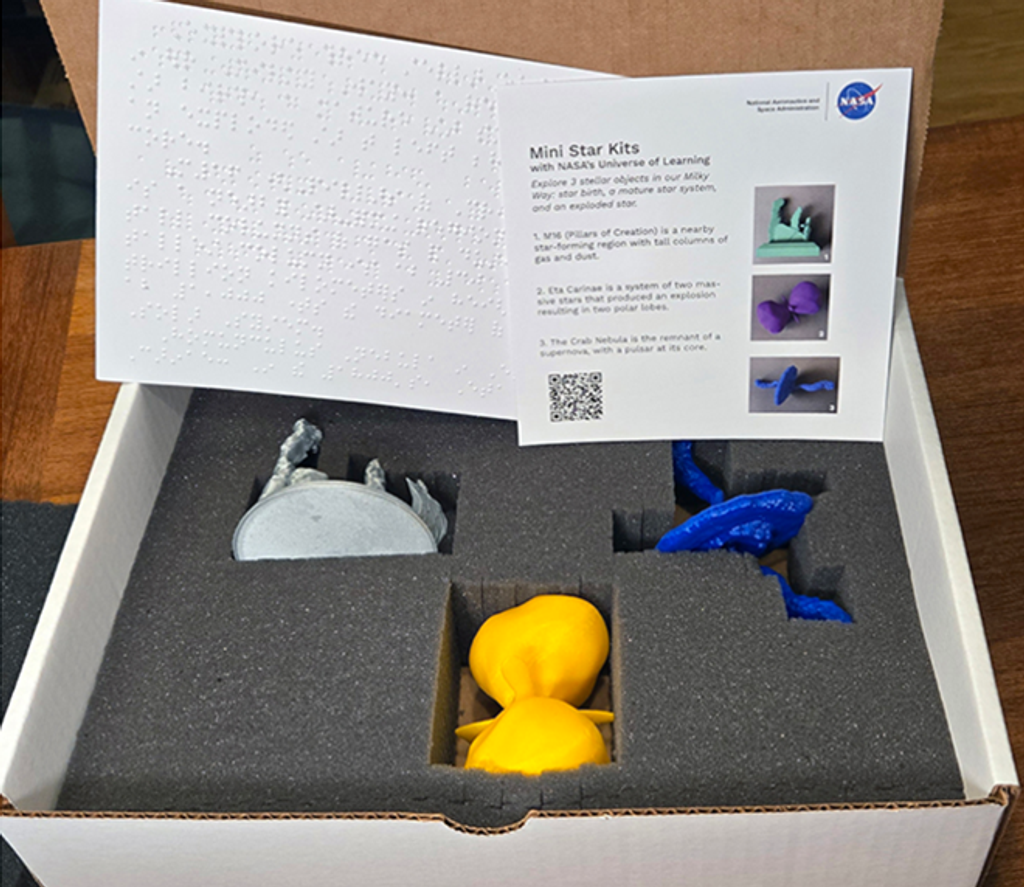In spaceflight, pharmaceuticals and medications are used for various purposes, namely medical treatment and countermeasures. The hazards of spaceflight lead to a host of factors that must be considered when choosing treatment options. Spaceflight factors and time to resupply can lead to toxic or ineffective products. In addition, due to physiological changes due to spaceflight, pharmacokinetics/pharmacodynamics may differ from that known terrestrially. These changes, along with vehicle features, may cause the performance and efficacy of in-mission medical supplies to be different than what would be expected on Earth.
Directed Acyclic Graph Files
+ DAG File Information (HSRB Home Page)
+ Ineffective or Toxic Medications DAG and Narrative (PDF)
+ Ineffective or Toxic Medications Risk DAG Code (TXT)



































